Benjamin West (1738-1820)
Get a Benjamin West (1738-1820) Certificate of Authenticity for your painting (COA) for your Benjamin West (1738-1820) drawing.
For all your Benjamin West (1738-1820) artworks you need a Certificate of Authenticity (COA) in order to sell, to insure or to donate for a tax deduction.
Getting a Benjamin West (1738-1820) Certificate of Authenticity (COA) is easy. Just send us photos and dimensions and tell us what you know about the origin or history of your Benjamin West (1738-1820) painting or drawing.
If you want to sell your Benjamin West (1738-1820) painting or drawing use our selling services. We offer Benjamin West (1738-1820) selling help, selling advice, private treaty sales and full brokerage.
We have been authenticating Benjamin West (1738-1820) and issuing certificates of authenticity since 2002. We are recognized Benjamin West (1738-1820) experts and Benjamin West (1738-1820) certified appraisers. We issue COAs and appraisals for all Benjamin West (1738-1820) artworks.
Our Benjamin West (1738-1820) paintings and drawings authentications are accepted and respected worldwide.
Each COA is backed by in-depth research and analysis authentication reports.
The Benjamin West (1738-1820) certificates of authenticity we issue are based on solid, reliable and fully referenced art investigations, authentication research, analytical work and forensic studies.
We are available to examine your Benjamin West (1738-1820) painting or drawing anywhere in the world.
You will generally receive your certificates of authenticity and authentication report within two weeks. Some complicated cases with difficult to research Benjamin West (1738-1820) paintings or drawings take longer.
Our clients include Benjamin West (1738-1820) collectors, investors, tax authorities, insurance adjusters, appraisers, valuers, auctioneers, Federal agencies and many law firms.
We perform Benjamin West art authentication, appraisal, certificates of authenticity (COA), analysis, research, scientific tests, full art authentications. We will help you sell your Benjamin West or we will sell it for you. West was mainly self-taught when it came to the arts and had very little formal education to speak of. In fact, even when he became the president of the Royal Academy, it is said that West could barely spell. Born in Pennsylvania, West was the son of an innkeeper and began painting at an early age. One of his earliest influences was the famous British painter John Wollaston who taught him a number of techniques, from painting shimmery satin and silk to giving his subjects fashionable almond-shaped eyes. It is also said that West received some of his earliest artistic instruction from William Williams and Gustave Heselius.
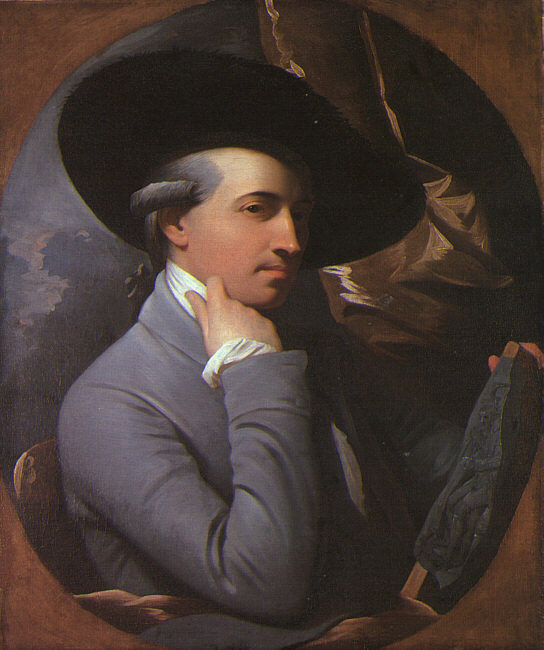
West was mainly self-taught when it came to the arts, and had very little formal education to speak of. In fact, even when he became the president of the Royal Academy, it is said that West could barely spell. Born in Pennsylvania, West was the son of an innkeeper and began painting at an early age. One of his earliest influences was the famous British painter John Wollaston who taught him a number of techniques, from painting shimmery satin and silk to giving his subjects fashionable almond shaped eyes. It is also said that West received some of his earliest artistic instruction from William Williams and Gustave Heselius.


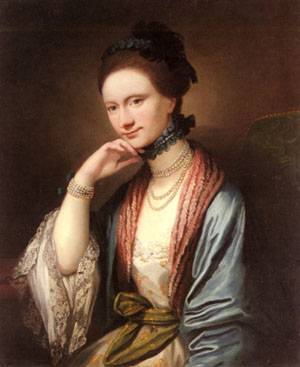
He remained in Pennsylvania painting portraits until 1759 when he moved to Italy to continue his studies. There he studied and copied the works of the Italian masters, like Raphael and Titian, until 1763 when he moved to England. West was almost immediately commissioned to paint portraits of King George III and his family.
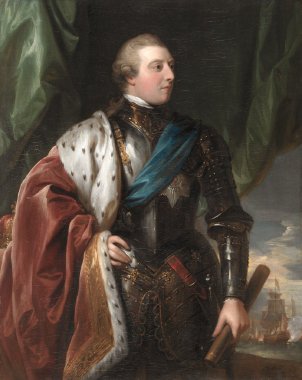
In 1768, West founded the Royal Academy of Arts with his friend and fellow painter Sir Joshua Reynolds. He served as president of the Academy from 1806 until his death in 1820. In 1772, West was appointed the official historical painter of the court and would also later serve as the Surveyor of the King’s Pictures from 1791 until he died in 1820.

Though already a fairly successful painter at this point, West truly began to gain notoriety at the exhibition of the Royal Academy in 1771 for his painting The Death of General Wolfe. Some critics initially snubbed this painting, but it eventually became one of the most reproduced pictures of its time.
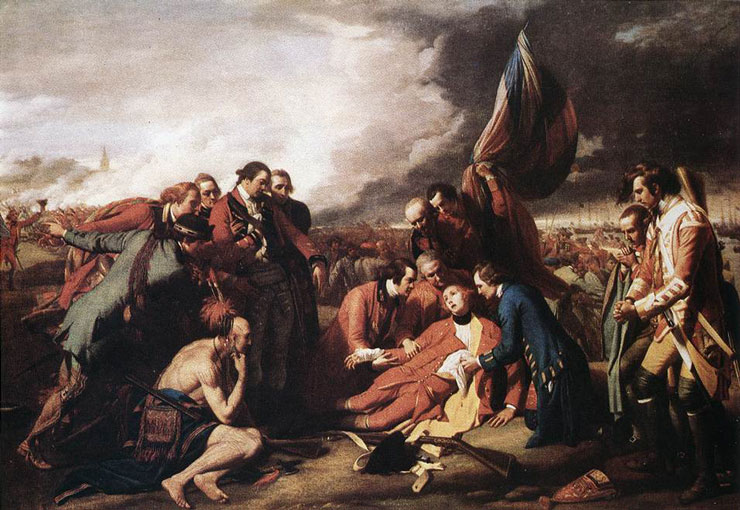
Early in his career, West was known for portraiture, but once he moved to England, he became famous for his historical paintings. These historical paintings were generally on a large scale and were what West called “epic representation.”
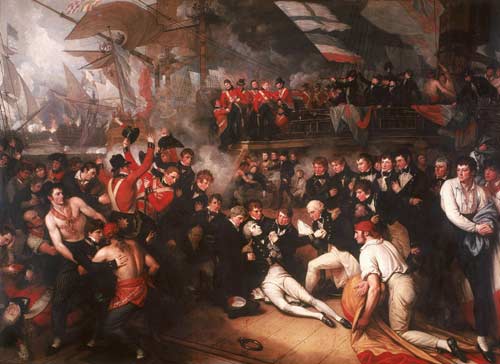

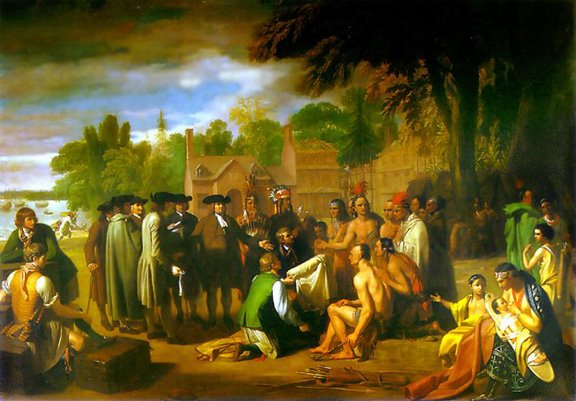
In the 1770s and 1780s, West also started to slightly break away from Neoclassicism and began to experiment with Romanticism. He did this by incorporating fantasy themes and literary characters into his compositions, as well as creating dramatic effects through lighting.
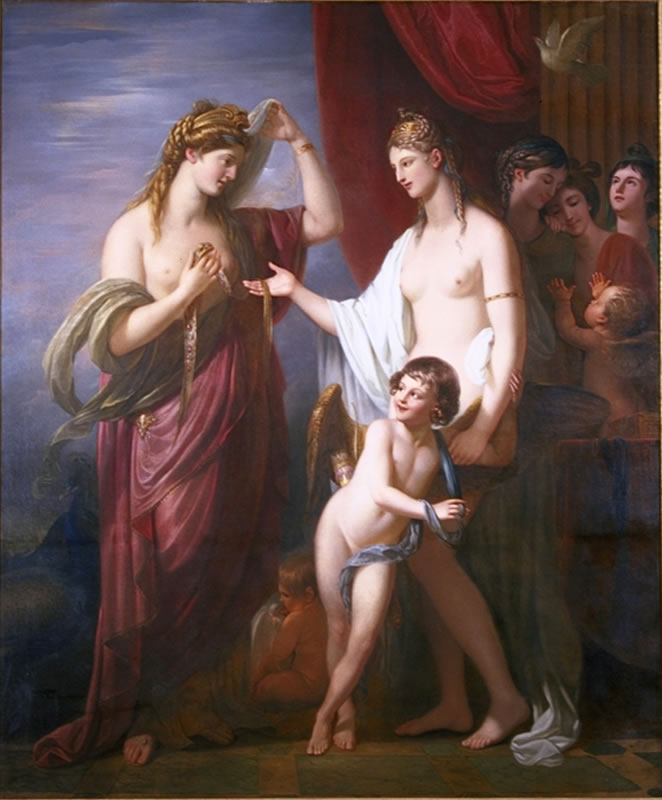
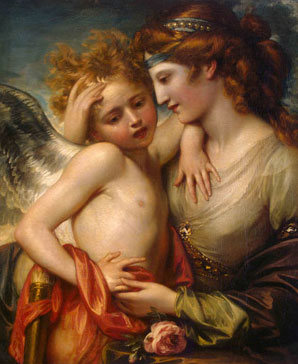
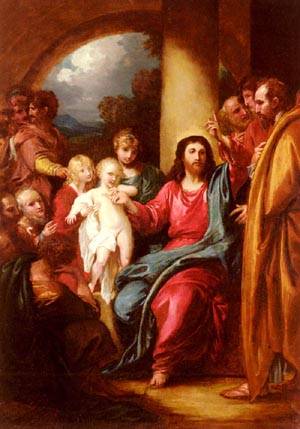
West also supported himself financially through the sale of engravings, which little is known about today in comparison to his paintings. West was also known to use gouache as well as oil paint, which was not as widely used at that time.

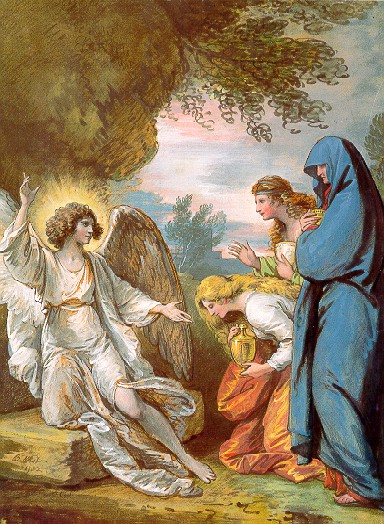
Today, West’s paintings are housed all over New England and the United Kingdom and perhaps in your own home. Still wondering about a Colonial Era portrait or historical painting hanging in your family’s estate? Contact us…it could be by Benjamin West.
Reviews
1,217 global ratings
5 Star
4 Star
3 Star
2 Star
1 Star
Your evaluation is very important to us. Thank you.
